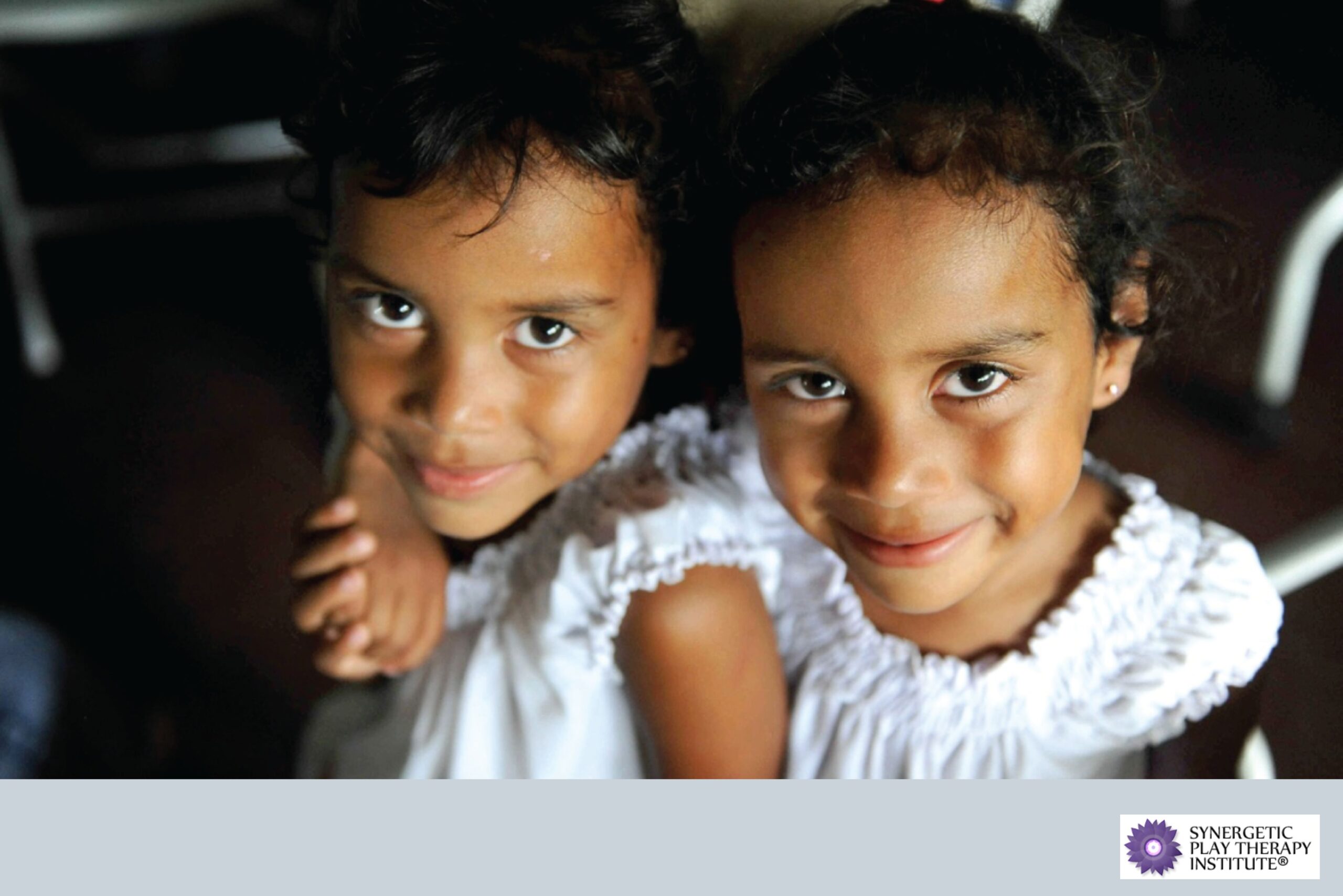By Lisa Dion, LPC, RPT-S
Spring (or even Fall if you reside in a country in the Southern hemisphere 😉) comes with many things – longer days, warmer weather, blooming trees and flowers. It also comes with a freshness, as if Mother Nature is performing a thorough scrubbing via March and April rain showers.
For many people, this idea of renewal latches on during spring, which is why it’s the perfect time to sort through your things, donate items you’re not using, and generally de-clutter.
But it’s not just your house that can use this – odds are your playroom can too. The games with missing parts, the mismatched puzzle pieces, the stale Play-Doh that looks old enough to have known Plato, the electronics with long-dead batteries – it often feels like the toys come to life after hours and disorganize themselves (Toy Story 5: Woody Makes a Mess).
However, spring (or fall) cleaning a playroom often requires an awareness that spring cleaning your home doesn’t warrant. And this is in the form of broken toys. In short, what do we do with them?
While your inclination may be to grab the wastebasket and drop them inside, take a moment to reconsider. Broken toys, in play therapy, often act as a metaphor. Not only do they show kids that it’s okay to be imperfect, but they also allow them to see themselves: a child who feels broken is often drawn to a toy that is too.
This isn’t to say there isn’t a boundary – a playroom full of toys that don’t work (a cash register that doesn’t open, a remote control car that doesn’t move, a doll who left her head somewhere in the Lego bin) is sure to frustrate a child while limiting their ability to project their feelings. In other words, some broken toys are necessary, but when most of the toys are broken, it might be time to hit the consignment stores.
When a Child Breaks a Toy
Of course, there is also the matter of how the toy became broken in the first place. Many toys (or games or puzzles) break themselves, falling apart or disappearing because of wear and tear. But sometimes children break them during session, either accidentally or intentionally.
When this happens by accident, it’s an excellent time to remind children that accidents happen and that that’s okay.
When a child breaks a toy intentionally, it’s important to set boundaries without shaming. In Synergetic Play Therapy, one of the ways we do this is by acknowledging and redirecting – acknowledge their desire to break the toy and ask them to show you another way. You might invite them to rip up a piece of paper or stack up the blocks from Jenga so that they can knock them down.
In many ways, toys are made to be broken – a tattered teddy bear with its arm falling off is a teddy bear that’s been greatly loved. And having a playroom with a few cracks and tears and mars and marks is expected and – for many children – necessary; even broken toys serve a purpose. The key is finding balance in the area where most playrooms (and most people) exist, somewhere between the imperfect and the whole.






